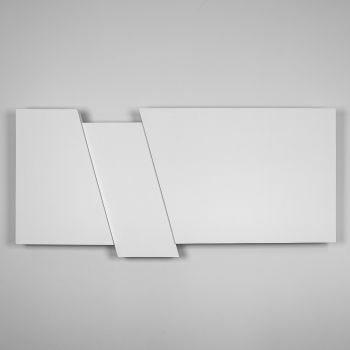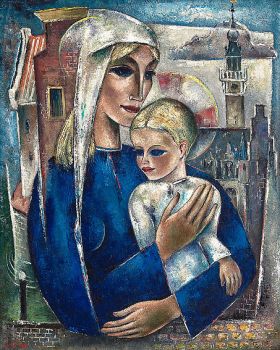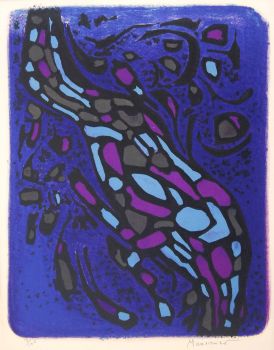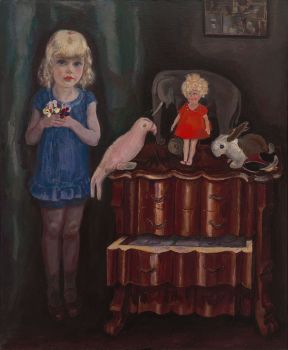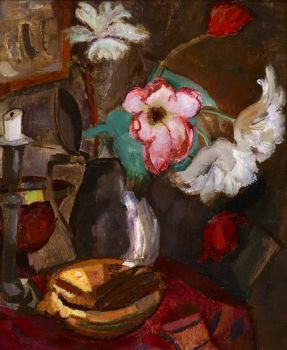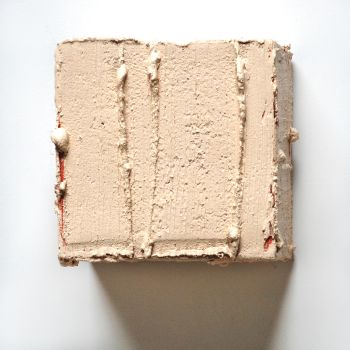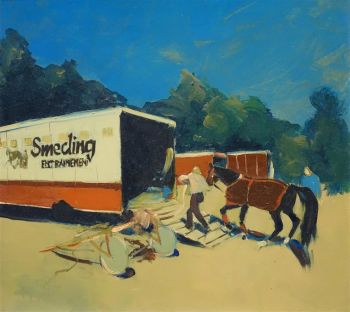Constructivism in art
Constructivism in art is a revolutionary movement that originated in Russia in the early 20th century. The movement emerged in response to the social and political upheavals of the time and aimed to create a new art form that was both functional and accessible to the masses.
At its core, Constructivism in art sought to break free from traditional artistic forms and embraced industrial materials, geometric shapes, and the use of mass production techniques. The movement was characterized by a focus on the intersection of art and technology, with many artists incorporating technological advancements into their work.
The use of geometric shapes and the absence of representational elements in Constructivist art was a way for artists to express the purity of form and functionality. This form of art was often used to promote social and political messages, with artists seeing it as a way to build a better, more equitable society.
The Constructivist movement had a significant impact on the world of art, design, and architecture. It influenced the development of modern art and design, with its emphasis on the use of new materials and the integration of art into everyday life.
Today, Constructivism in art remains an important and influential movement. Its legacy can be seen in the work of contemporary artists and designers, who continue to push the boundaries of what is possible with art and technology.
Constructivism was taken up by many artists in Germany. One of the most important artists influenced by Constructivism in Germany was László Moholy-Nagy, who had come from Hungary to Germany where he taught at the Bauhaus. El Lissitzky, who became the Russian cultural ambassador to Weimar Germay, and Naum Gabo, who spent time in Berlin and was affiliated with the Bauhaus, also contributed a great deal to spreading Constructivism in Germany.
The Impact of Constructivism
Constructivism may have originated in Russia, but it soon spread out across the continent, for example through the many Constructivists who taught at the Bauhaus in Germany. By the mid 1920s, the movement was in decline due to the increasing hostility of the Bolshevik regime towards avant-garde art. Still, the movement continued to flourish throughout the West until the 1940s. In England, for example, a version of Constructivism was established in the 1930s and 1940s.
Joaquín Torres García and Manuel Rendón helped disseminate Constructivism throughout Europe and Latin America. In Latin America, artists including Carlos Mérida, Enrique Tábara, Aníbal Villacís and Oscar Niemeyer were greatly influenced by the movement. Its influence can also be seen on Minimalist artists, who were occupied with reducing form down to its most essential elements.
What is Constructivism in art
Rather than emerging from an expressive impulse or an academic tradition, the art is to be built. Constructivist art focused on industrial production. Constructivists used stripped down, geometric forms and modest materials. Their visual language existed of forms that they could draw with practical instruments like compasses and rulers. Materials like wood, glass and metal were analysed and judged on the basis of how suitable they were for use in mass-produced objects and images.
Who was the founder of Constructivism Art
Constructivism was an artistic and architectural theory that originated in Russia at the beginning of 1913 by Vladimir Tatlin. This was a rejection of the idea of autonomous art by constructing it. The movement supported art as a practice for social objectives.
What influenced Constructivism?
Constructivism was first influenced by both Cubism and Futurism and is generally considered to have been initiated in 1913 with the “painting reliefs” – abstract geometric constructions of Vladimir Tatlin. Lissitzky’s combination of Constructivism and Suprematism later influenced the de Stijl artists and architects whom he met in Berlin, as well as the Hungarian László Moholy-Nagy.


